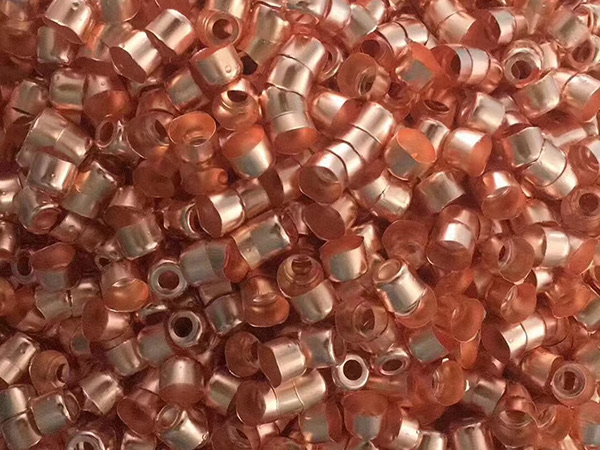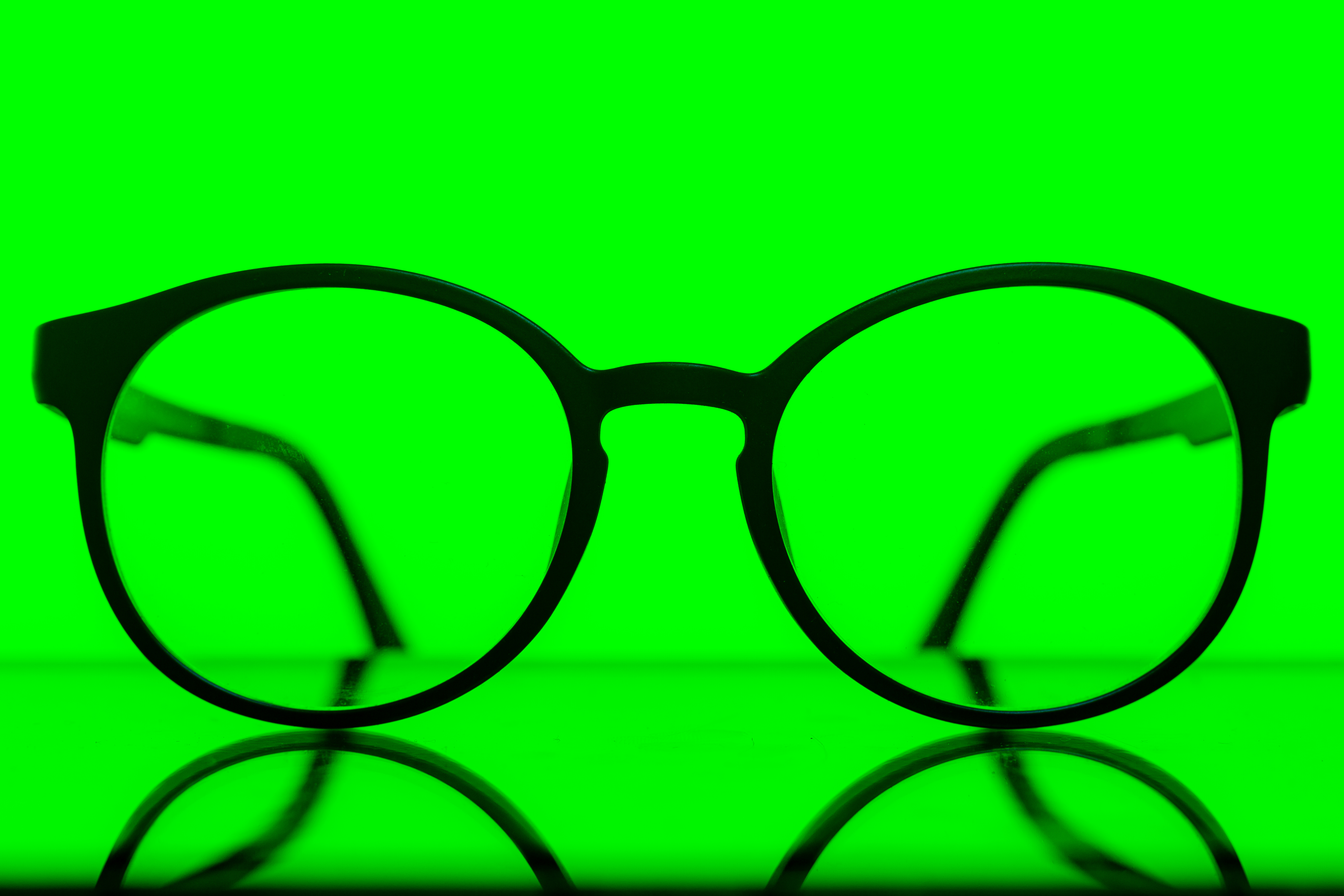Smoothing
Overall, vibratory finishing offers a wide range of options for modifying the surface properties of parts, making it a versatile and cost-effective solution for a variety of manufacturing applications. By selecting the right media and process for the job, manufacturers can achieve the precise finish they need to meet the demands of their customers and stay competitive in their industry.
In some applications, a matt finish surface with increased surface roughness is desired. This property can be achieved with ceramic media and is particularly important in the automotive industry for applications such as friction pads. By using the right type of media and finishing process, manufacturers can achieve a surface that is not only functional but also visually appealing.
One of the key benefits of vibratory finishing is the ability to modify the surface properties of parts using different types of media. Depending on the application and material being finished, different types of media may be selected to achieve the desired finish. For example, ceramic media is a popular choice for deburring and pre-painting finishing, as it offers an economical way to achieve a smooth surface without the need for costly additional processes. This type of media is especially effective at removing cutting marks left behind by machining or wheel grinding processes, which are common in many component manufacturing operations. In contrast, plastic media is often preferred for soft metal materials such as aluminum, copper, and zamak3, as it can deliver a superior pre-plating finish without damaging the metal surface. By using the right media for the job, manufacturers can achieve a high-quality finish that meets their precise specifications and requirements. |  |
Latest jobs
- Sales Engineer – Aftermarket (Internal Sales) - Stamford
-
Job location: Stamford
Job salary: 45, 000 plus exceptional benefits, holiday and bonus package
Sales Engineer – Aftermarket (Internal Sales Engineer)Location: Stamford, Rutland (commutable from Peterborough, Gra...
- Business Development Manager – Southern Home Counties & Wessex
-
Job location: Hertfordshire
Job salary: 50,000 + Car Allowance + 31 Days Holiday + Exceptional Benefits + Bonus
Business Development Manager – Southern Home Counties & Wessex£50,000 + Car Allowance + Fuel Card + Up to 25% Bo...
- Assistant Quantity Surveyor- Royston
-
Job location: Hertfordshire
Job salary: Up to £35,000 per annum + Exceptional Benefits + Professional Development
Royston - up to £35,000 per annum + Benefits + Professional DevelopmentShape the Future of Sustainable Construction ...
